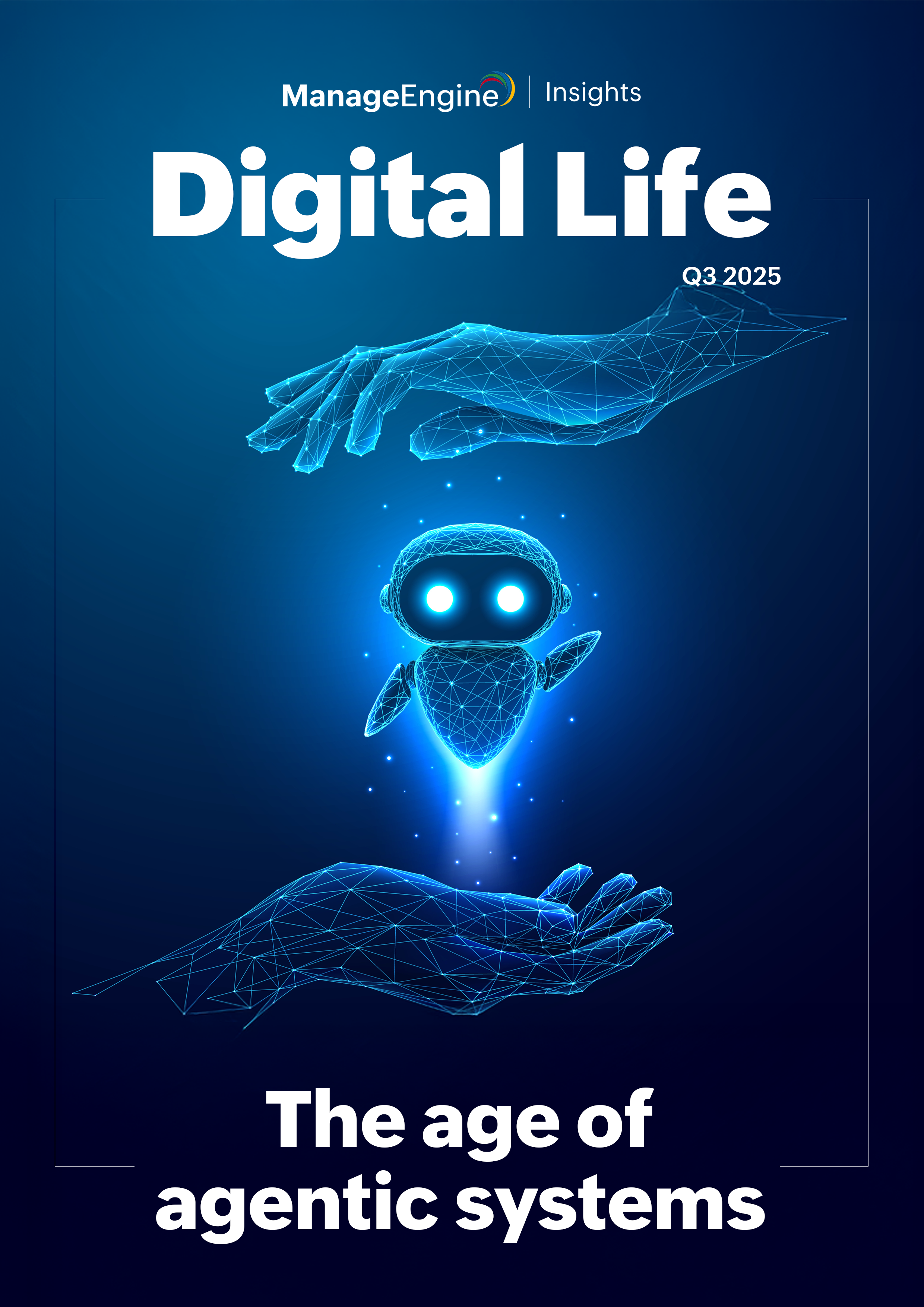The promise of a unified global society is tantalizingly close as the world rapidly embraces the latest technological advancements. However, this promise is marred by a persistent and growing chasm. While technology has the potential to democratize access to information, education, and economic opportunities, it also risks deepening existing inequalities between those who are digitally literate and equipped, and those who are not. This chasm, known as the digital divide, poses a critical challenge for policymakers, business leaders, and society at large. This divide manifests in disparities not just in access to technology, but also in digital literacy, the quality of connectivity, and the socio-economic opportunities that follow. Understanding and addressing this divide is critical for fostering inclusive growth and ensuring that technology serves as a unifying force rather than a divisive one.
The extent of digital divide
According to the International Telecommunication Union (ITU), approximately 37% of the world’s population remains offline as of 2021. Among those with internet access, the quality and affordability of that access vary widely. This was particularly evident between developed and developing regions. The digital divide encompasses several dimensions, including access to high-speed internet, digital devices, and the requisite skills to use them effectively.
Although China boasts the largest online population globally, its internet penetration rate is still relatively low at 77.5%. In contrast, countries such as Saudi Arabia, Norway, and the United Arab Emirates have internet penetration rates around 100%. This disparity is largely due to the slower development of digital infrastructure in China’s remote areas—a challenge that persists in various regions worldwide. In some places, internet access is still significantly below the global average. As of 2022, Africa had the fewest fixed broadband subscriptions compared to other regions, while Asia and the Pacific had the highest numbers. Nearly the entire population of North Korea remained offline as of April 2023, with the government heavily restricting internet access for the general public and allowing it only with special authorization. Additionally, South Sudan and Somalia had the highest percentages of people without internet access, at approximately 93% and 90%, respectively.
The digital divide also affects educational and economic outcomes. During the COVID-19 pandemic, the reliance on digital tools for remote learning and work highlighted and exacerbated these disparities. A 2020 UNICEF report found that at least 463 million children worldwide were unable to access remote learning during school closures, mainly due to a lack of internet access and digital devices required to facilitate remote learning.
Societal impacts and case studies
Education and the digital divide: In India, where internet penetration is around 52.4%, the shift to online education has left many students behind. A 2020 study by the Azim Premji Foundation revealed that 60% of children in rural areas could not access online education, primarily due to a lack of adequate devices and internet connectivity. Similar trends have been observed in sub-Saharan Africa, where only 25% of the population has access to mobile internet.
Healthcare and telemedicine: The adoption of telemedicine has been uneven, often reflecting the contours of the digital divide. In the United States, a study published in Health Policy and Technology, highlighted that racial/ethnic minorities, older adults, and people with low literacy rates, particularly those in rural and low-income areas, were less likely to use telehealth services during the pandemic. This disparity not only limits access to healthcare but also exacerbates existing health inequalities.
Economic opportunities and workforce: The digital divide extends to the workforce too, where a lack of digital skills can hinder employment prospects. According to the Future of Jobs report by the World Economic Forum, 70% of the global workforce will need additional training by 2025 due to technological advancements. However, access to digital skills training is unevenly distributed, often leaving those in underserved communities at a disadvantage.
Bridging the divide
Addressing the digital divide requires a comprehensive approach that encompasses infrastructure, affordability, skills development, and inclusive policies.
-
Infrastructure investments: Expanding high-speed internet access in underserved areas is foundational. In the United States, the Infrastructure Investment and Jobs Act allocates $65 billion to improve broadband infrastructure, aiming to provide universal access. Similar initiatives are underway globally, such as the EU’s Digital Single Market strategy, which seeks to provide equitable digital access across member states.
-
Affordable access and devices: Making internet access and digital devices affordable is crucial for inclusivity. Programs like the U.S. lifeline initiative offer discounted telephone and internet services to low-income households. Similarly, Kenya’s mobile operator, SafariCom launched a plan called “Lipa Mdogo Mdogo”—Swahili for “pay a small amount”—a smartphone financing scheme in partnership with Google to help accelerate adoption to help bridge the access gap.
-
Digital literacy and education: Empowering individuals with digital skills is essential for meaningful participation in the digital economy. The UK’s “Get Online Week” is an exemplary initiative that helps citizens improve their digital skills, particularly targeting older adults and underserved populations. Corporate initiatives also play a role; for example, Zoho Schools of Learning offers free courses and training programs to help people develop the digital skills required to kick-start their careers.
-
Inclusive policies and regulations: Governments also play a crucial role in bridging the digital divide by implementing policies and regulations that promote digital inclusion. These policies can address various aspects of the digital ecosystem, including market competition, consumer protection, and digital literacy initiatives.
Conclusion
The digital divide is a complex issue that reflects broader socio-economic inequalities. Bridging this divide is not just a matter of infrastructure or technology requirements but requires a concerted effort across sectors and geographies. As we navigate an increasingly digital world, ensuring equitable access and digital literacy becomes not only a matter of economic competitiveness but also a moral imperative. By addressing the barriers to digital inclusion, we can work towards a future where technology serves as a bridge, not a barrier, to opportunity.











